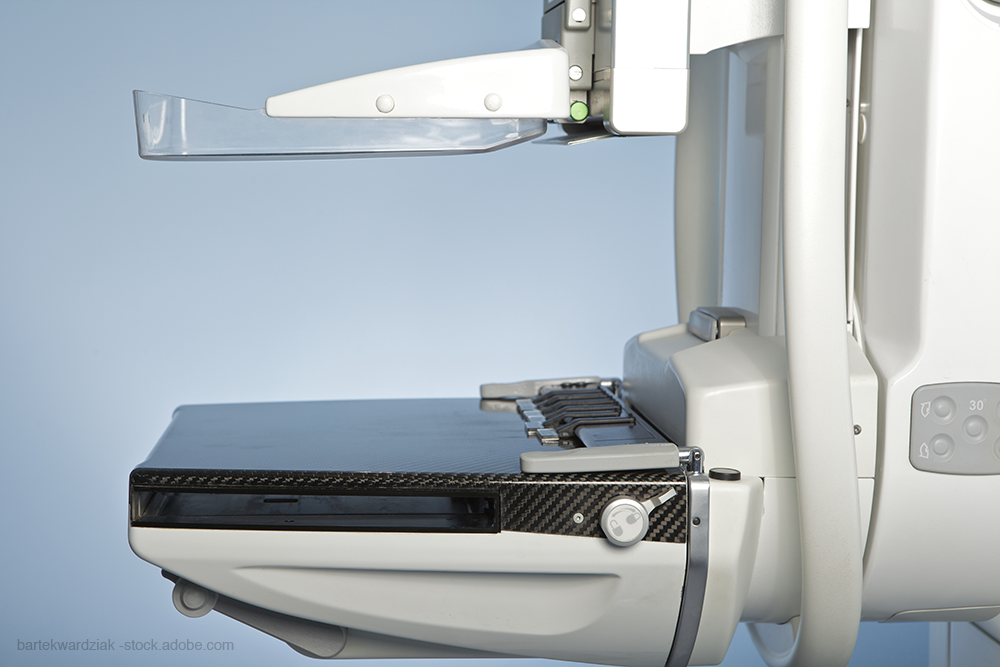ACR Practice Guidelines Not Followed When Evaluating Nipple Discharge
Not following ACR practice guidelines potentially leads to unnecessary workups and extra health care costs.

There is significant variability among radiologists’ choice of imaging modality for evaluation of benign and pathologic nipple discharge, according to a study published in the American Journal of Roentgenology.
Researchers from Arizona and Georgia undertook an online survey to assess radiologists' choice of imaging modality for the evaluation of clinical symptoms of physiologic nipple discharge (e.g., bilateral discharge, multiple-duct orifices, and yellow, green, or white color) and pathologic nipple discharge (e.g., unilateral discharge, single-duct orifices, spontaneous and serous discharge, and clear or bloodstained color).
A total of 8,170 surveys were sent to lead interpreting physicians at mammography facilities accredited by the American College of Radiology (ACR). The researchers received 849 responses, for a response rate of 10.4%. For the workup of physiologic nipple discharge, recommendations included:
- 30% screening mammography (SM)
- 24%, diagnostic mammography (DM) only
- 46%, both DM and targeted ultrasound (US) (DM plus US)
Practitioners in nonacademic settings and those who read breast images during less than 50% of their practice were significantly more likely to recommend DM (with or without US), compared with SM (the standard recommended by the ACR). Practitioners who read breast images less than 50% of the time were also more likely to recommend MRI after conventional imaging revealed negative results.
Related article: Mammography Focuses on Patient Comfort to Improve Test Rates
For the workup of pathologic nipple discharge, recommendations included:
- 91.0% DM plus US
- 8.5%, DM only
- Fewer than 1.0%, SM
Nonacademic providers and those who read breast images less than 50% of the time were significantly less likely to recommend DM plus US (the standard recommended by the ACR), compared with DM only.
The researchers concluded that there is variability in imaging modality selection among U.S. radiologists handling the imaging workflow for benign and pathologic nipple discharge. Radiologists do not uniformly follow ACR practice guidelines, which potentially leads to unnecessary workups and extra healthcare costs.
New AI-Enabled Portable Ultrasound May Facilitate 50 Percent Reduction in Cardiac Imaging Scan Time
March 28th 2025Artificial intelligence (AI)-powered measurement capabilities provide key features with the Compact Ultrasound 5500CV device, which was unveiled at the American College of Cardiology (ACC) conference.
AI-Initiated Recalls After Screening Mammography Demonstrate Higher PPV for Breast Cancer
March 18th 2025While recalls initiated by one of two reviewing radiologists after screening mammography were nearly 10 percent higher than recalls initiated by an AI software, the AI-initiated recalls had an 85 percent higher positive predictive value for breast cancer, according to a new study.
Can Ultrasound-Based Radiomics Enhance Differentiation of HER2 Breast Cancer?
March 11th 2025Multicenter research revealed that a combined model of clinical factors and ultrasound-based radiomics exhibited greater than a 23 percent higher per patient-level accuracy rate for identifying HER2 breast cancer than a clinical model.